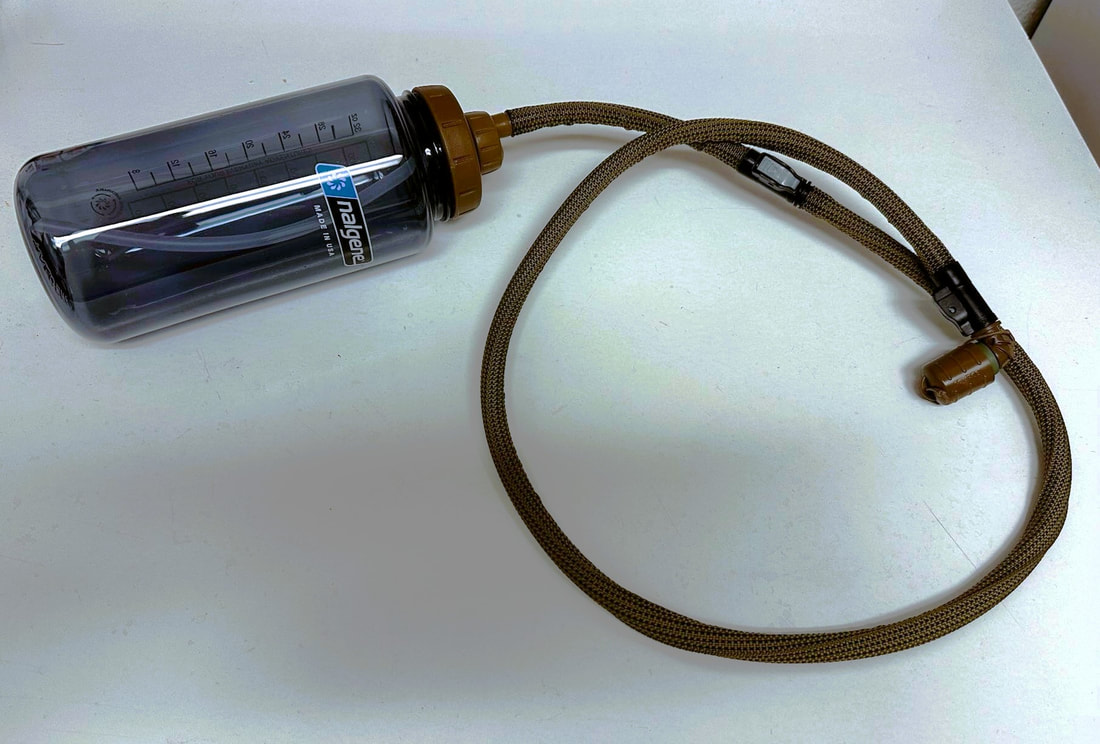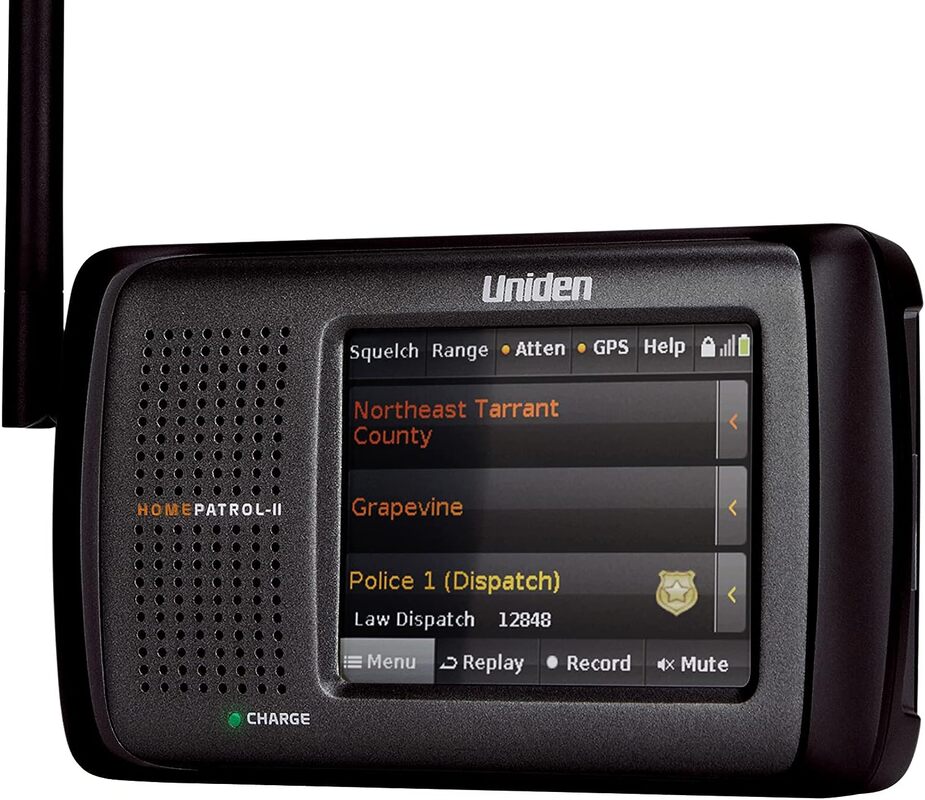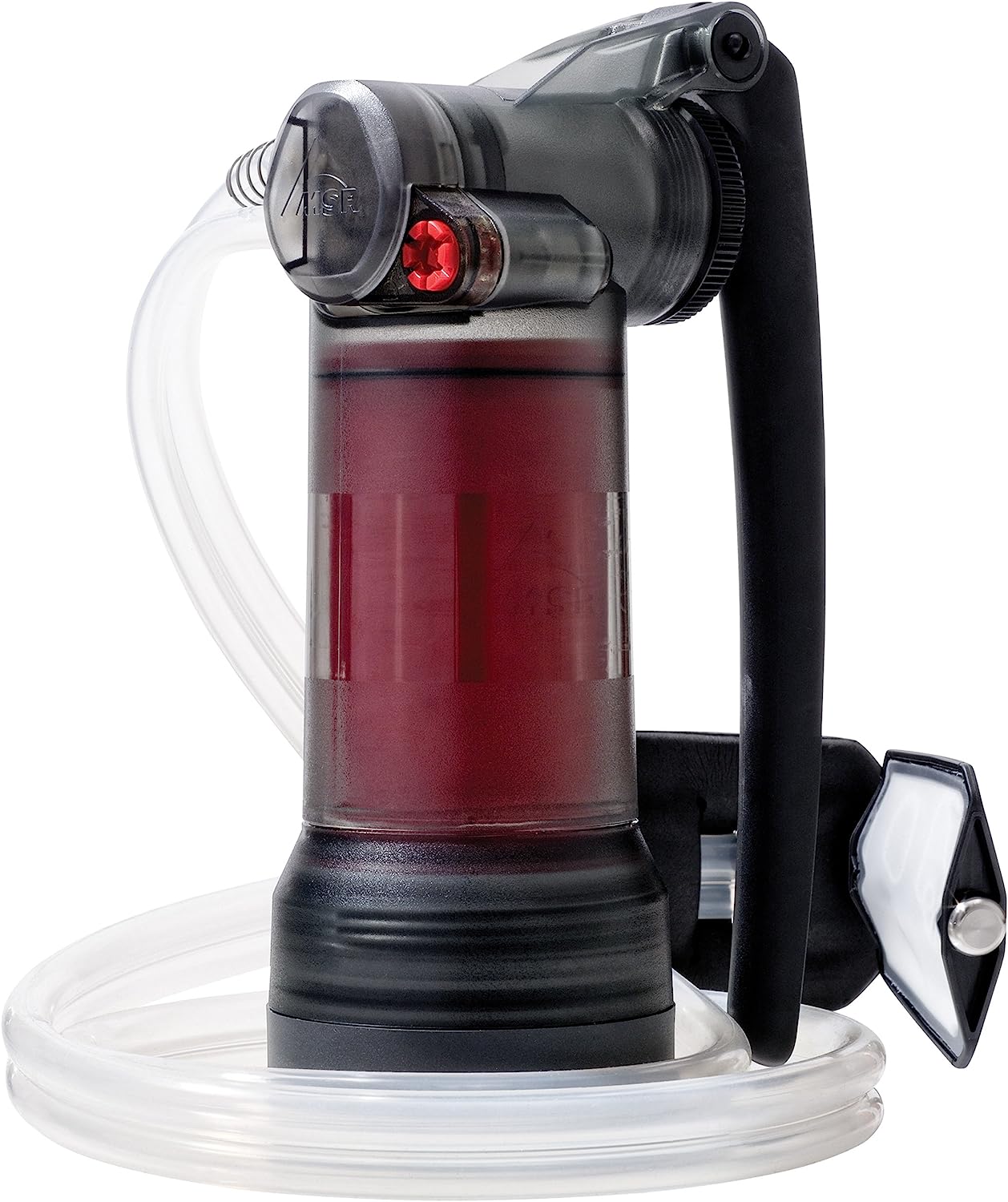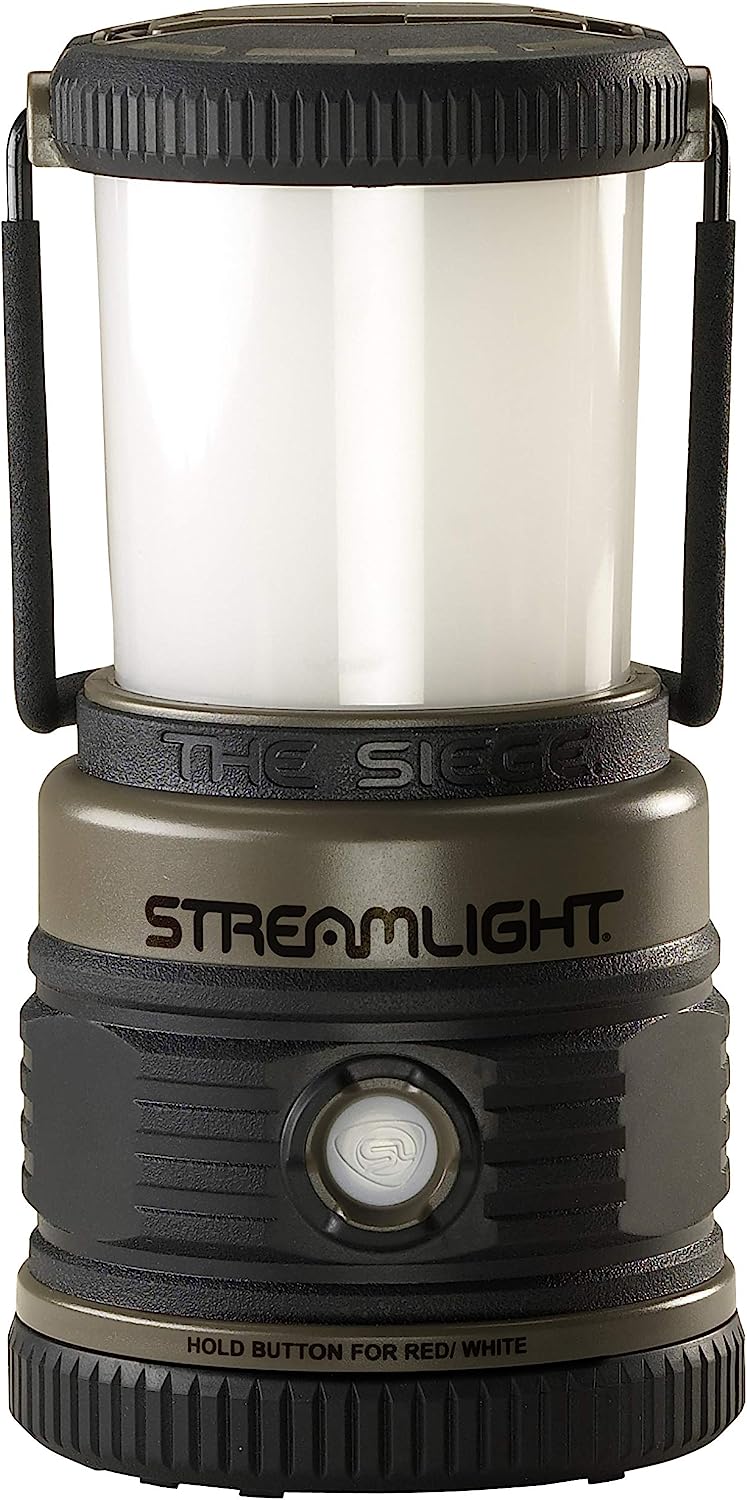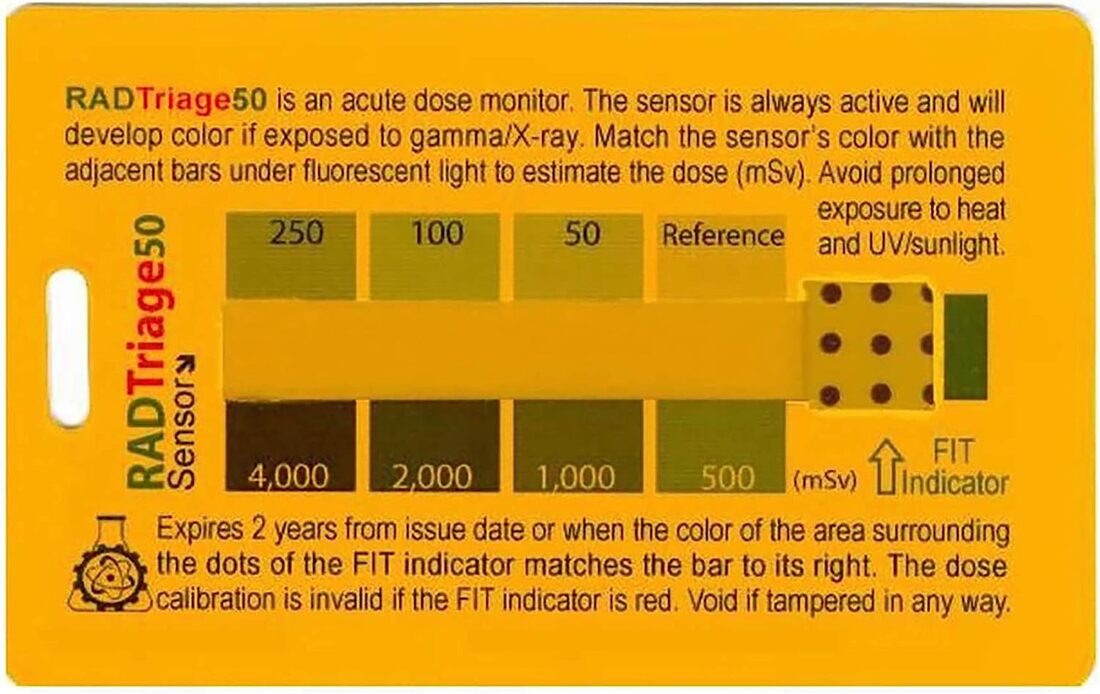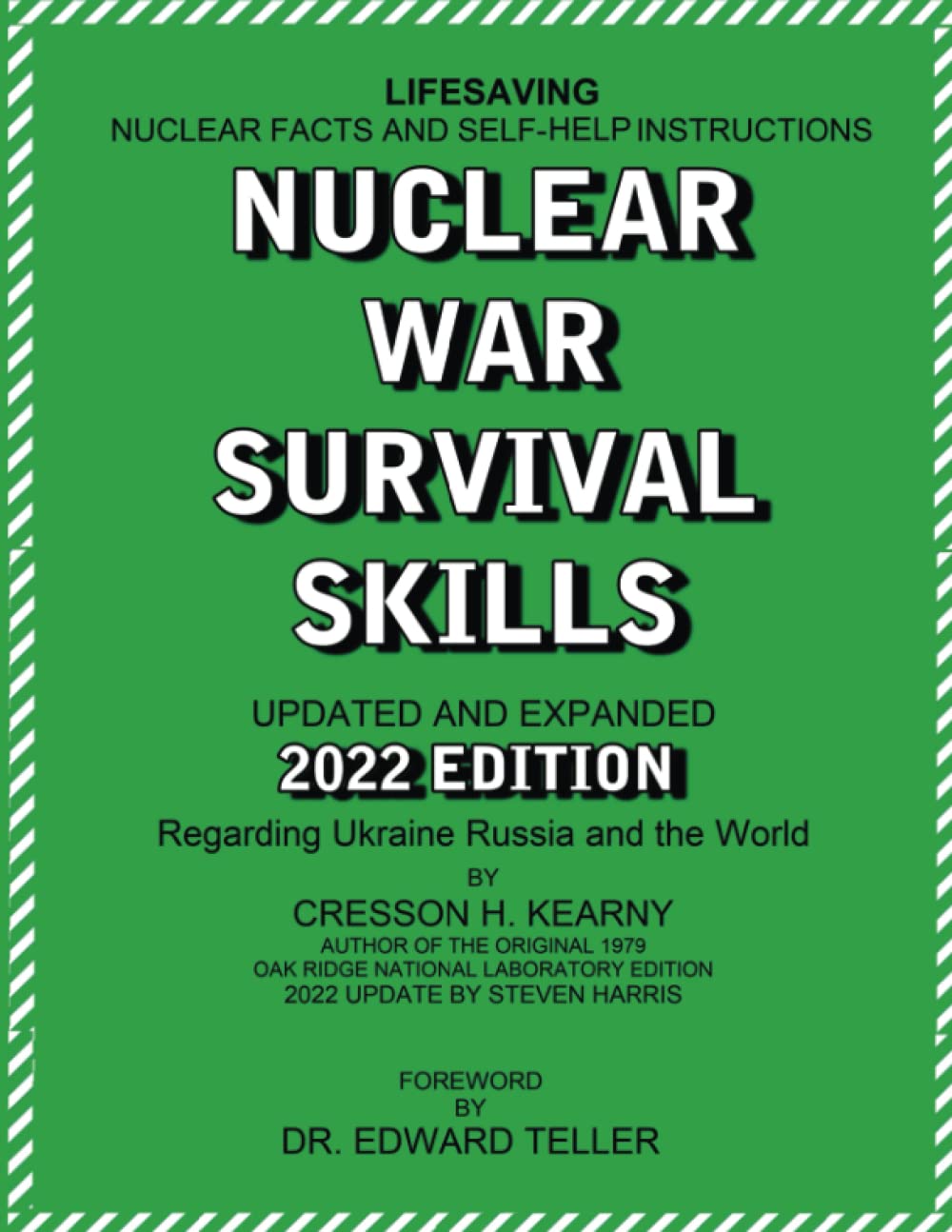|
Note: this an adaptation from my non-fiction book Suburban Defense: A cop’s guide to protecting your home and neighborhood during riots, civil war, or SHTF, available on Amazon. Get off my lawn Since 2020 was the year of the riot, some that spilled over into suburban residential neighborhoods. In times of unrest to SHTF, groups of intruders large and small will be a problem for you. You should also be concerned about the burglar who hopes no one notices him coming up the walk. American suburbs are just the kind of thing any army of bad guys would want to see from the Romans tearing Carthage down to Genghis Kahn and the Mongols sweeping into Europe. Freeways turn into wide, arterial streets that feed neighborhoods built mostly on a grid pattern. Our streets, let alone the individual lots, are very rarely defensible. In many neighborhoods, rural or urban, there is nothing stopping a bad guy from walking right up to a house. Our modern homes are flammable, not bullet resistant, weak, and filled with lots of easy access points. Examine the structure of your home. Bullets easily penetrate most suburban construction and burglars commonly exploit windows, doors, and locks. For most Americans, anyone can simply walk up to your door without any sort of gate or other obstacle stopping them. It’s time to change that. The ideal battle is the one that is never fought; the same goes for the forced entry that never is attempted. By taking simple steps you can enhance the likelihood that an angry mob, burglars, looters, or bandits will simply pass right by for an easier target. With preparation and some luck, your house’s windows and locks will never be tested. We start with the principle that layered security is the key and the first layer is your yard.
If you can keep them out of the yard, you’ve also just won the battle of keeping them out of the house. Let’s focus on that. Passive defense is anything that makes it difficult or less desirable to enter your property. Examples:
All of these things discourage entry either by the danger of apprehension or materially making access difficult. Even signs and cameras signal that you are paying attention to your defense, which incentivize a bad guy to find someone less aware. Remember, we’re exploiting psychology and laziness here. Creating a physical and psychological boundary is important. Physical boundaries are barriers that have to be traversed to cross. Fences are obvious, and if tall and sturdy enough, serve as a strong physical barrier. Psychological boundaries are things that break up public spaces from private ones like decorative fences, hedges, or even landscaping that most people wouldn’t want to walk through or across. Keeping them off your lawn, the front yard If you have an open lawn up to your house, large crowds fanning out across the street will treat the open ground as a thoroughfare. Even if the person/group is just passing through, wouldn’t you rather have them do it thirty feet away instead of just outside your windows? What kind of mischief might they get up to if they had the temptation of the home so close? This is basically crowd control. People take the path of least resistance. If cops don’t want people walking in an area, they put up those metal barricades because people don’t want to deal with jumping them. Deterrence is easy and mostly psychological in many cases. People tend to stick to paths even if the adjoining ground is just as easy to walk on. It serves as a guide for them. They might not even be aware of the effect it’s having on their subconscious navigation. Angry mobs might unconsciously pass by and target the house with no protected yard and not even realize that they made that decision. Defensive landscaping doesn’t have to be ugly. Ideally, you would want to set up a sturdy fence with thorny plants (like roses) for several feet in front so any jumper lands in thorns. That idea might not work due to design, space, taste, or local codes. You can keep your lawn, but maybe if you don’t want a fence, rip up a two-foot section of grass along the sidewalk, put in some large decorative rocks, and then plant roses in between. Using the idea of psychology, you could build a landscaped funnel through a path to the front door. Instead of someone cutting up the side of your yard, give them the obvious path where it is to your advantage (where you can see them from the window or where your cameras are). That way, if someone wants to sneak, they’ll have to navigate the landscaping and will stick out like a sore thumb going through the roses for no good reason. While we’re on the topic of landscaping, don’t create areas for bad guys to hide. Rose bushes are great because generally you can see a person hiding behind them. A dense hedge could entirely conceal a bad guy who could be crouching on the sidewalk with a rifle ready to shoot you the moment you open the front door. You want to be the one behind the bushes ready in ambush. Securing the driveway is more of a problem. The new trend in superdense housing tracts are driveways too small to actually park in. In older homes or pricier developments, the driveways can actually park cars. Some homes have yards where a simple chain can be stretched across the driveway. Other tracts were built so the only way to secure the driveway would be to build a fence and install a long gate across the two-plus car drive. Again, not something you really see outside of the inner city. Low fences are about deterring people; not keeping people out. Fencing and landscaping can funnel people into areas where they might be faced with a real gate. This gate might secure your front courtyard or it might be your security screen on your front door. An open lawn creates a wide path to the front door; a single gate from the driveway to the front walk makes only one access point. One final tip for keeping people out of “denied” areas: motion activated sprinklers. Usually these are to scare deer out of gardens, but just imagine the surprise a miscreant would get when suddenly, out of the dark, there is a hiss and a jet of water soaks them until they run away. The sound of the sprinkler or a surprised yell might also alert you. It's enough to either buy you a few seconds or convince the unserious to go elsewhere. In-ground sprinklers can also be turned on as a mob approaches to create a soft denied area.
If you are concerned about vehicles driving through your yard, several different approaches can be adapted to stop them. Strategic placement of decorative boulders of several hundred pounds about two feet tall will stop most cars, assuming they can’t squeeze through. The same applies to concrete filled flowerpots. Block walls that have a concrete foundation and are rebar reinforced can also stop vehicles.
More ideas on protecting your home from mobs, burglars, and more can be found in Suburban Defense: A cop’s guide to protecting your home and neighborhood during riots, civil war, or SHTF, available on Amazon. Note: this an adaptation from my non-fiction book Suburban Warfare: A cop's guide to surviving a civil war, SHTF, or modern urban combat, available on Amazon.
Urban terrain is unique in that it affords lots of visual obstructions, concealment, hiding places, and even cover. It can be as exposed as a pool table and as confusing as a maze. High vantage points, natural and artificial, can put observers snipers above you. You will frequently find yourself boxed in by walls and fences. Cities are contradictions when it comes to battlefield terrain. Each advantage is often countered by a disadvantage. Uniformity on a map doesn’t translate to reality on the street. The considerations are not just physical geography as inside every city there is a population that can be with you, neutral, or against you and how you fight can change that dynamic. Analysis of urban terrain is a social and spatial exercise. While we can discuss the physical elements of fighting and maneuvering, a deep understanding of your community at the human level is necessary. We have to think beyond simple geography and consider the human terrain, demographics, as the population itself is an adjunct to the lay of the land. Demographics and interpersonal politics may dictate the outcome of confrontations or events. In terms of observation and fields of fire, walls, structures, and landscaping block views and reduce distances. Long streets, open plazas, and grid designs can open up very long sightlines. These same sightlines might be great on top of a house but lousy at street level where a retaining wall limits cuts the view at a man’s standing height. High buildings or elevated terrain can be a great vantage point for an observer but also increase the conspicuousness of that observer and draw fire. At the same time as there are plenty of cover and concealment in modern cities, there can be very little. Conscientious defenders may not be able to hide behind or inside a building because civilians are inside. A block wall may protect the people behind it from view while those on the other side are caught naked in the open like a rat in a bucket. Long range observation Sightlines will be long, usually along streets and in open spaces. For non-arterial streets, this means up to 300m within tracts, usually 200m or less. A quarter to half a mile is not unusual especially on main roads or where elevation is involved. Sightlines will be interrupted by terrain and objects. You might be seen at half a mile down an arterial street, but parked cars, trees, shadows, etc. might make effective shooting at that distance difficult. Other visual obstructions may be:
There are gentle undulations in every road that we seldom notice. From a driver’s perspective a rise of three or six feet in the roadway might as well be flat. At eyeball level, or lower in a gunfight, that height is significant. Like any elevation change, it can either work in your favor or against you. Arterial streets Arterial streets will have danger zones of around a half mile to a mile, however, accurate fire is not to be expected beyond one quarter mile. Cross exposed roads at their narrowest points preferably where curves obscure you from one or both directions. Streets with landscaped medians or roadway edges can provide concealment to bad guys. Terrain and plant life may conspire so that an observer may see you approach while you don’t see them. For example, someone half a mile away and slightly downhill can see your legs while all you see are tree branches above the pavement. Newer cities and developments will have less in the way of mature trees and landscapes, whereas the older ones will. Arterial streets can turn into small canyons with little cover if both sides are bounded by obstacles. In master planned suburban areas tracts built in the last half century will probably be like this. In these funnels, you cannot run far enough away fast enough to survive. Avoid the walled side or double-walled in streets. If you must traverse them, each man should be able to jump a wall on his own with full kit on. Consider carrying a small, rope or compact ladder. Many modern American suburbs have commercial and shopping districts along wide arterial streets to handle the high volume of traffic that the businesses generate. This is different from older towns and cities (and European ones) where the main or “high” street shops are right along the street. The advantage to this is you’re not right underneath a bunch of windows and roofs or in front of the storefronts. The American shopping area is like open ground perhaps dappled with more concealment. Some streets and their adjoining properties or spaces may be so open and wide that they are practically uncrossable safely. You may need to regard this open space as an artificial terrain feature that is technically traversable, but not without great risk of snipers, etc. Freeways are the easiest example. They, and major thoroughfares, often form the boundaries of different gang territories, although this is mostly for expedience than necessity. Shopping centers American retail has moved into the big box, big parking lot phase. Older communities tend to have big box stores in stand-alone lots, whereas newer communities (or new build commercial developments) tend to centralize the stores into one large sea of parking lots. This may or may not include elements from strip malls. Smaller stores tend to be clustered into strip malls. A huge portion of suburbanites do their shopping in a land of comparatively widely spaced buildings, parking lots, and decorative trees. Shopping centers and big parking lots, any commercial area really, has a lot of concealment and little cover. If you are fighting in most shopping centers, you are fighting in a lightly forested plain that has really hard ground. It’s like being caught in the open on the savannah except you are a lot less likely to want to flop down on the asphalt when being shot at. You will be shooting through concealment, which may be cars, landscaping, or more natural vegetation. Figure on effective ranges of approximately 100 yards but shots up to and beyond 300 yards are not improbable. Be very wary about building fronts, especially if you must traverse open areas. Look for open doors, broken windows, or sudden activity at your appearance in the open. Shooters inside the business will, if they are smart, fire from inside the room or entrance so that they are not visible from the outside (and no muzzles protrude from the door/window). If you must go past the front of commercial buildings, hug the front. In an emergency, you can break in and escape through the rear of the building or fight from inside. Shopping centers that are out of business (abandoned, looted, burned) may be popular with looters, rioters, refugees, and the homeless. Retail and commercial areas should be treated with special caution as this is where people have learned to associate these places with the acquisition of things. Any businesses that are open will generate traffic and attention, positive or negative. Vehicles Always be prepared for vehicles to make a surprise appearance. Assume it is in concert with an attack or vise versa. However, don’t automatically light up a car because it coincidentally appears when you see someone or come under fire. Before shooting at a vehicle, attempt to ascertain its intentions. Potentially hostile signs:
Experiences in Iraq would correlate. You can’t assume that because someone is speeding up and driving towards the gunfire that they are part of it. A lot of drivers are so stupid that they can only think about driving forward and fast to get away from danger, even if it takes them through the middle of a gunfight. Storm drains (above ground) A storm drain is a great way for low profile movements, but absolutely sucks in a gunfight. There is no cover or concealment. Shots taken down the channel are as close to a shooting range environment anyone will ever get in combat. The only way out is probably up the side and into the surrounding yards or terrain. The sides may be steep or vertical. Ladders or other access can be easily controlled. Due to limited access points, the direction of travel and potential divergence points for someone using the drain are easy to predict.
Tall buildings The tall buildings in most American suburbs will be multi-story apartment buildings and offices. Typical height is three to six stories. The maximum reasonable height for an elevated shooter should be less than one hundred feet above street level. Taller buildings may be encountered in suburbs and almost surely in the downtown cores of large cities. The proximity of a tall building will increase the range at which you are in danger of rifle fire. Once you get about thirty feet up, you’re over the tops of most trees used for landscaping and parking lot decoration. Lower buildings put shooters at treetop height, limiting how far one can see and shoot. Ground level can improve the distance by moving out of the way of obstacles, but then the height advantage isn’t present. Be prepared for long-range rifle fire from tall buildings; long range being over 300 yards. Beyond 300 yards, the average person with an AR-15 and unmagnified sights will begin to have difficulty in hitting a target. Trained and better equipped shooters will be effective with an AR out to 800 yards or so, larger caliber rifles probably up to a quarter-mile. This would be your untrained sniper or someone in perhaps a fourth-story apartment building taking potshots. Multi-story buildings that are not high-rises will be a favorite for troublemakers, psychopaths, gangs, and defenders. Expect to have certain places covered by snipers or elevated shooters who watch these areas to take a shot. Such places include intersections, open space, common pathways, or cover that is exposed to a distant building one side. Ruins The US military MOUT field manuals are full of great advice on how to navigate through ruined buildings in a city. Unfortunately, this manual has its origins in planning for WWIII, so the buildings are typically European ones. American construction is not the same and has only been diverging from the kind of European Theater urban combat the manual writers had in mind. It would be great to go through the side of buildings using mouseholes and navigating a strip mall this way, but it is unlikely to happen. Most American construction is wood frame, meaning that buildings that are knocked down will either become match sticks or burn. Suburban construction is low on masonry and high on materials that play well with a hammer and nails. Note: this an adaptation from my non-fiction book Suburban Defense: A cop’s guide to protecting your home and neighborhood during riots, civil war, or SHTF, available on Amazon.
Night vision is a force multiplier If SHTF happens, darkness will be the bad guys’ friend. Most Americans have no idea how dark night really is. New York and Las Vegas are bright enough to blot out virtually all stars. Total darkness is hard to get but can come in the right circumstances. Being able to see clearly in the dark becomes a necessary tool for survival. Your situation may never be as dire as I’ve written about my novels, but it could. You can turn around the darkness advantage and make it yours by employing night vision devices. If you cannot see in the darkness, you don’t know what’s out there. Seems so simple it’s cliché, right? Think about the average person’s feelings in the dark. Ever whistle to keep yourself company while taking the trash out at night? Night vision allows you to turn that feeling of discomfort around and use it to your advantage against bad guys. The goal is to be one step ahead of the bad guys. If a threat doesn’t know you can see him, he’s going to sneak up right through the bushes as you watch. Then when he’s at the final line of bushes before the open ground, you can light him up and neutralize him. The alternative is that you don’t know he’s there until he starts shooting at you or is rushing your position. By revealing what the darkness cloaks you can engage more persons, at a greater distance, over a wider field of fire. You can detect and identify threats earlier than they can observe you. Night vision allows you to do several things white lights will do but without detection. That initialism is SIN: S – Search I – Identify (friend or foe) N – Navigate These three are all passive uses of your night vision gear. Identification and navigation (marking waypoints) can be boosted by use of infrared markers such as reflectors, glow sticks, strobes, or IR flashlights. The latter will also enable you to control and communicate just as you could with a white light. Types and employment There are three kinds of Night vision Optical Devices (NODs). The first are image intensification tubes that amplify ambient light. Gen III is the current military issue stuff. The picture is basically what you’re familiar with from recent movies showing night vision (13 Hours is a great example). The next category is thermal vision, or FLIR (a brand). These display the world in different shades of color, or black and white, depending on the temperature. The final category is digital night vision. This is not so great. It basically is an image sensor from a digital camera that amplifies light. Probably the best brand out there is Sionyx. I don’t recommend it, even though these devices are cheaper. Buy once, cry once. If you’re using night vision for shooting, you cannot physically get your eyes down on a rifle to look down the sights with a NOD on your face. The NOD must be mounted on the weapon, often in conjunction with a night vision compatible sight. What a “night vision compatible” red dot sight means is that if you mount your PVS-14 on the rail with the scope, the dot won’t wash out the amplified picture. That is, the dot has a dimmer switch. Again, unless you’re rich and can buy multiple devices, I don’t recommend this. You can’t use a rifle mounted NOD to navigate while moving around. So that means a head-worn NOD, like the PVS-14 monocular. This requires an infrared laser, mounted on the weapon, to aim. Unless the bad guy has night vision (and they probably won’t), you will be the only one seeing the infrared dot appear on the bad guy in your NOD. Don’t have night vision? Don’t have/can’t afford NODs? Use your eye’s natural night vision. First, allow about 30 minutes in darkness for your eyes to adapt to the dark. If you have to turn on a light, close one eye tightly to preserve night vision in that eye. Make sure you are well rested as vision tends to deteriorate with fatigue. Have you ever noticed that if you try to look directly at something in the dark it “disappears”? Your eyes are only able to focus on an area of about 2-3 degrees with your sharp central vision (fovea); the rest of what you see is peripheral vision. Try looking indirectly, that is just away from the object, and you will be able to see it again. This phenomenon is known as averted vision. Averted vision is possible because your eyeball’s rod cells, which don’t distinguish color, are far more sensitive than your eye’s cone cells. Cone cells are responsible for color vision and are used primarily in bright light. Rods are roughly 100 times more sensitive to light than cone cells but produce blurrier vision (or else everyone would have great peripheral vision). To visually scan areas you are watching at night, use averted vision by moving your eyes in a pattern. Scan in a grid: up and down, left to right. This will allow you to see things off to the side of your fovea and avoid the problem of looking directly at an unidentified something only to have it disappear. If you are going to be exposed to bright light, such as muzzle flash, headlights, etc. close one eye to preserve night vision in that eye until the light is gone. Use red lights or filters to preserve your night vision. Your depth perception and ability to distinguish outlines will be affected after dark. Distance tends to be underestimated by up to a quarter; dark objects app ear further away while light objects seem closer. Hats, hoods, and helmets reduce your field of view, especially at night. If you’re the only with NODs in your neighborhood, you will act as a target designator. If it’s totally dark and a “weapons free” situation, you should be firing exclusively tracer rounds (which look like laser beams). What you can do is identify a target, pop off a couple of tracers in the direction everyone should fire, then the group directs its fire that way until you can see the target is neutralized. Own the night. If you’ve got food, weapons, and basic necessities squared away, night vision might make all the difference. You can find more details about night vision and survival in my book Suburban Defense: A cop’s guide to protecting your home and neighborhood during riots, civil war, or SHTF, available on Amazon. |
Author Don ShiftDon Shift is a veteran of the Ventura County Sheriff's Office and avid fan of post-apocalyptic literature and film who has pushed a black and white for a mile or two. He is a student of disasters, history, and current events. Archives
May 2024
Categories
All
As an Amazon Associate I earn from qualifying purchases.
|
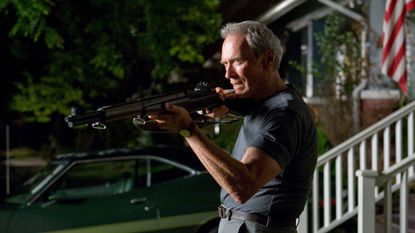
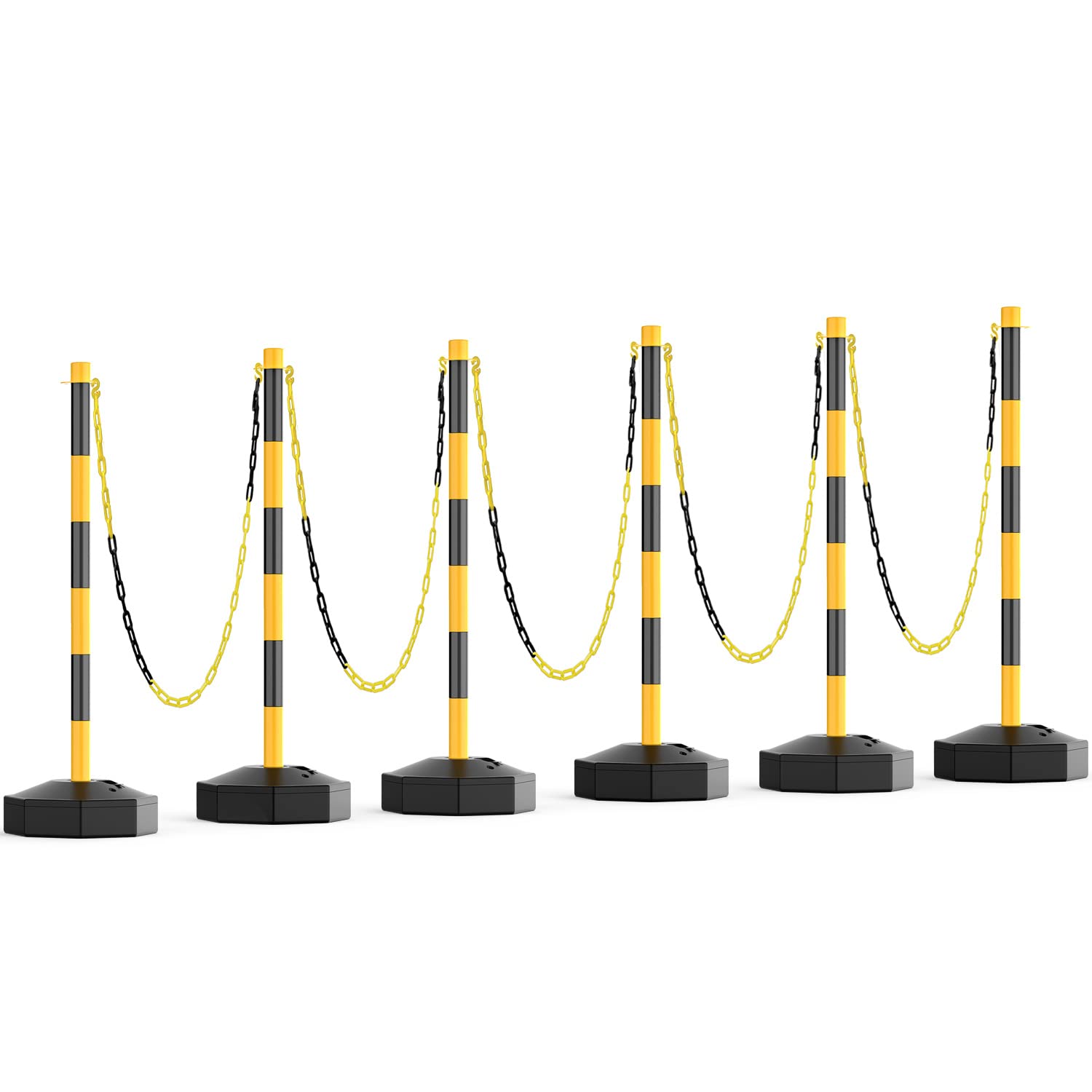
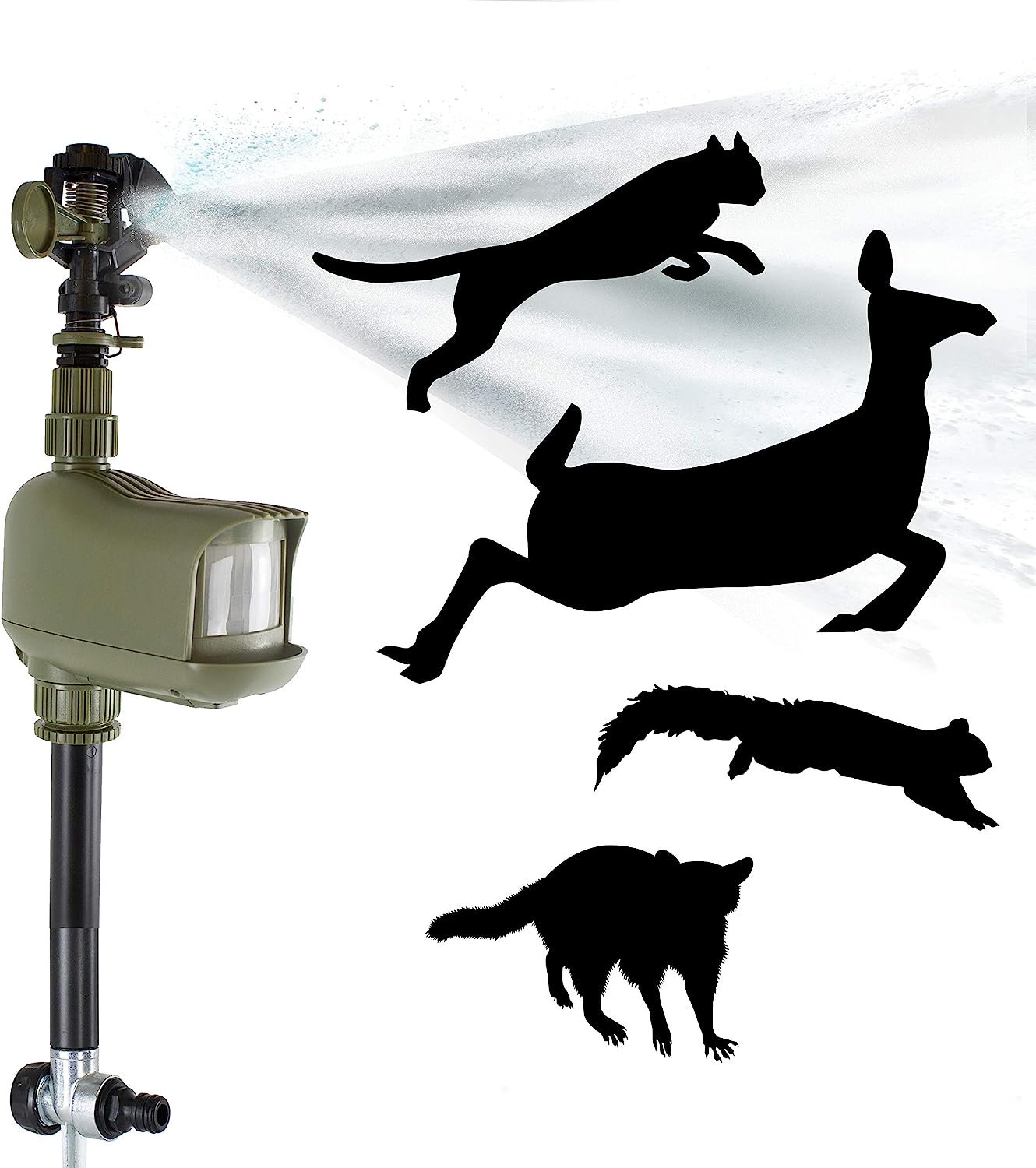
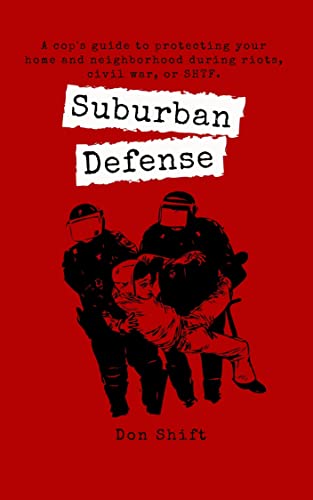
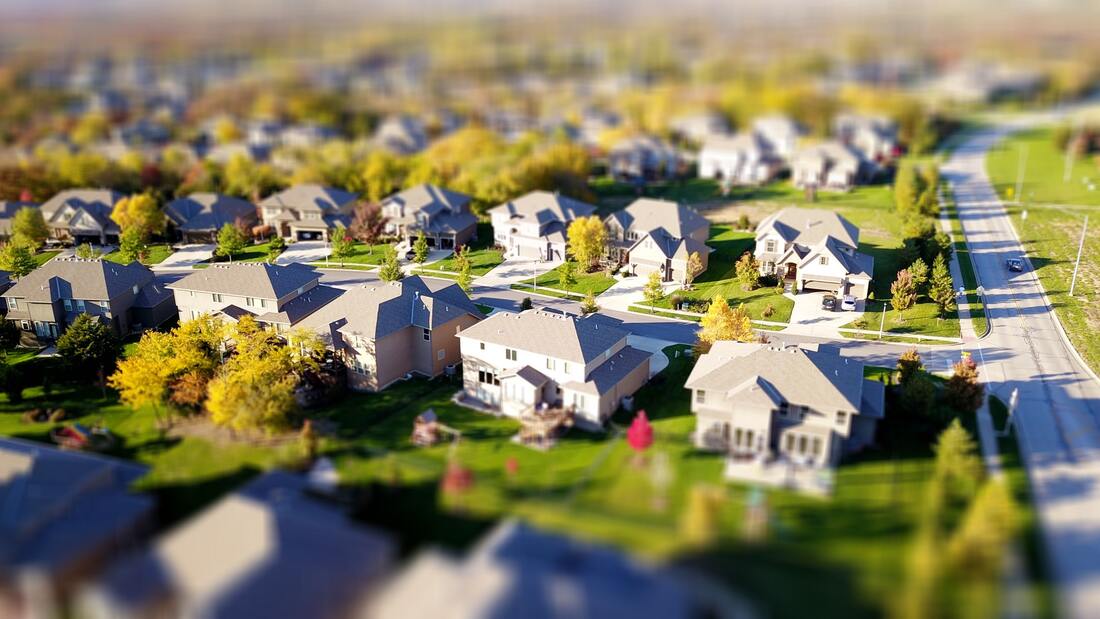
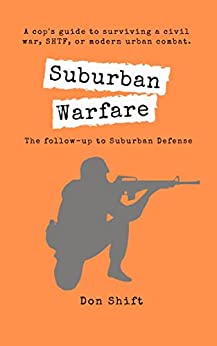
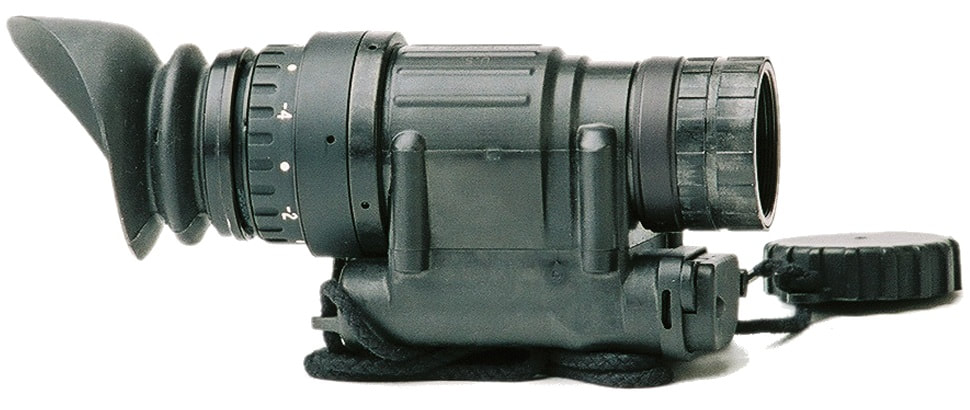
 RSS Feed
RSS Feed
